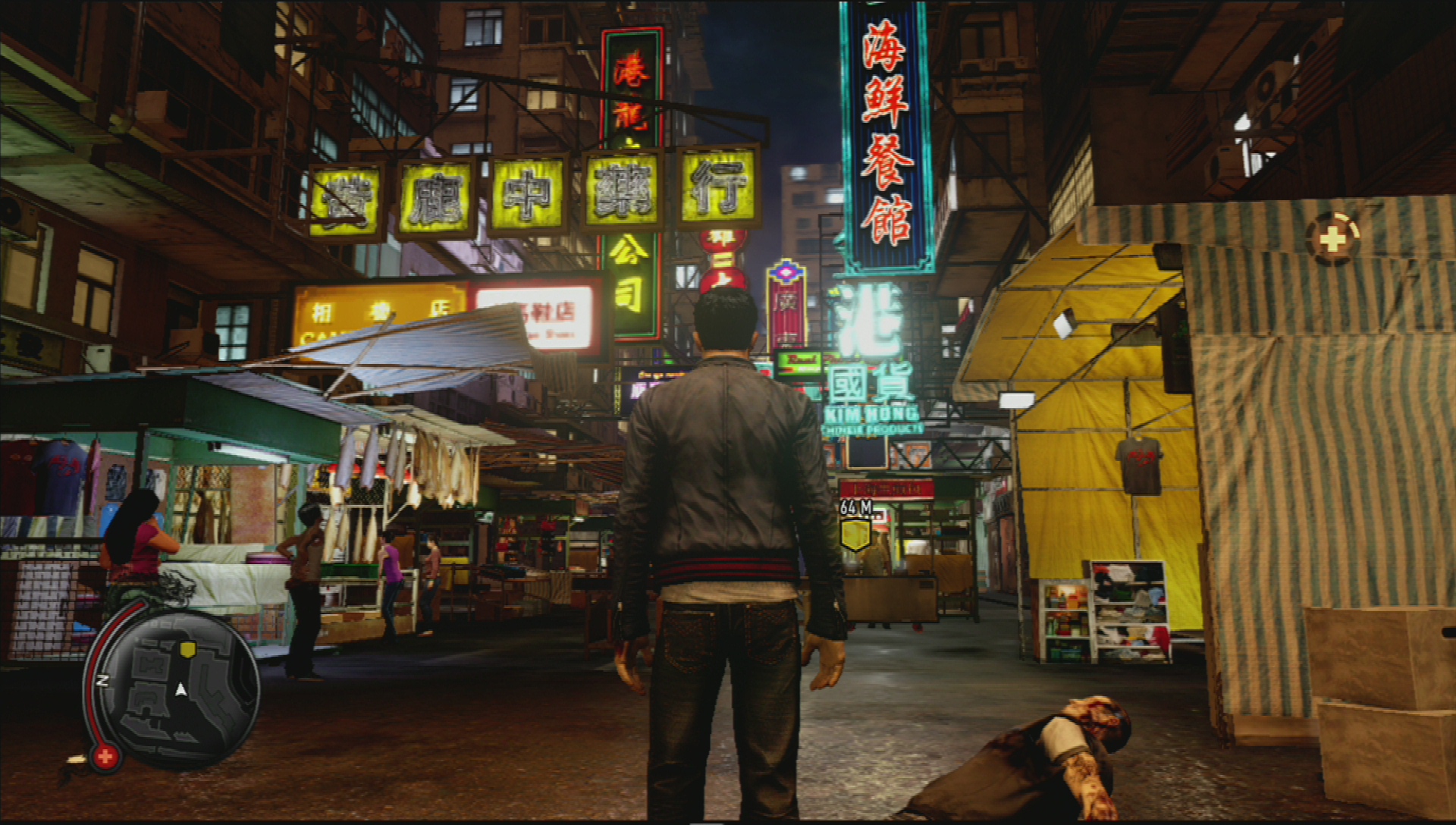Contextual discussions and visualizations on the metabolic footprint of tourist-magnet night
markets in ASEAN Cities (an urban planning perspective)
BACKGROUND AND RATIONALE
This research proposal views the ASEAN night market as a microcosm of different challenges that
ASEAN is facing in its pursuit towards centrality with a focus on understanding challenges in
realizing sustainability and in maximizing cultural identity for sustainable economic opportunities
through the night market. The ASEAN Cooperation on Environmentally Sustainable City upholds
programs that champion sustainable urban development, i.e. the ASEAN ESC Model Cities
Programme and the Clean Air for Smaller Cities project (Environment Division of the ASEAN
Secretariat, 2019). Similarly, the ASEAN Socio Cultural and ASEAN Economic Blueprints, ASEAN
espouses tourism development championing cultural heritage and declares the importance of
micro, small, and medium enterprises (MSME). Interestingly, the core components of the above-
mentioned programs: (1) sustainability in an urban environment, (2) cultural tourism, and (3)
economic opportunities for the MSME are all present in the ASEAN night market.
Academically, discussions on the night market can be multi-dimensional or interdisciplinary. This
research proposal will be taking an urban planning perspective, particularly via the lenses of urban
metabolism in order to extract any underlying issues within the night market that are relative to
the above-mentioned core components. Urban metabolism is a paradigm in urban planning that
closely inspects the resource consumption and waste production patterns of an urban area. Within
this paradigm, understanding metabolic footprints enables us to find resource-draining gaps
(linearity) and correct them (towards circular patterns) (Dinarès, 2014) (Musango, Currie, &
Robinson, 2017). The ASEAN night market is a definitive urban area with its own metabolism and
its own need for sustainability but little is understood of the particulars of its movements especially
when we begin to understand the night market against the backdrop of a larger urban area.
In urban planning, connectivity between urban areas of different scales is championed as a
potential key to global sustainability because the flows of resources involve its own respective
metabolisms (Rapoport, 2011). Conversely, the tourist-attracting night market is embedded within
an ASEAN city and is connected to the inter-nation scales by the flow of goods and people to, fro,
and within the night market but few academic studies discuss this in the language of stocks and
flows. As such, would these metabolic footprints within and beyond an ASEAN night market be
bearing impact on sustainable urban development? Relative to this, what challenges on
sustainability are posed in the movement of people, goods, and waste to, from, and within the
market? The flow of these stocks viewed from an urban planning perspective require that it is
understood in a spatial context, as in, from key city entry points to the physical location of the
night market in order to understand the challenges it bears on the environmental component. It is
necessary to look at the flow of the people and the goods in order to infer any impact on both
cultural tourism and the MSME, respectively. Thus, using the lenses of urban metabolism best fits
an analysis of the above-mentioned components.
As we develop policy towards ASEAN centrality in the contexts of sustainability, it is necessary for
us to understand what the policy needs to respond to. This research proposal posits that
observation through the lenses of urban metabolism will uncover challenges and issues in
environmental sustainability, cultural tourism, and MSME economics which will significantly
enhance the body of knowledge needed in policy formation towards sustainability. More so, a
comparison of metabolic footprints of two ASEAN markets can provide input to differences and
commonalities of issues, situations, and challenges experienced by ASEAN night markets in ASEAN
member states with contrasting economic stature. The comparison with respect to this polarity
will both deepen and widen the contexts necessary for policy formation.
--
THE RESEARCH PROBLEM
The core problem of this research is to gain a contextual understanding of the metabolic urban
footprints of tourist-magnet ASEAN night markets across three spatial scales, namely: (1) beyond
the edges of the night market; (2) next to the edges of the night market; and (3) within the edges
of the night market. The study will be focusing on the metabolic footprints of three stocks, namely:
(1) goods; (2) people; and (3) utilities. With respect to spatial scales and the given stocks, the study
will specifically seek to answer the following questions:
(1) Beyond its edges: where are the stocks coming from?
This is to gain the contexts and issues involved in the footprint of the stocks from entry
points into the city towards the exact location of the night market. For goods and people, the
study will observe where sellers are sourcing their products and whether or not the products
are transported from post-harvest facilities, land, sea, and air ports, or via farm-to-market
roads. Similarly, the study will also observe nearness to entry ports and transportation
accessibility to understand the motivation of buyers to go to the night market. Will the
nearness of the airport matter or is the presence of rail access more important? Will the
sellers’ motivation to sell in the night market be affected by similar issues of accessibility? Also
included in this is the discussion of energy utilities, i.e. where does the night market source its
water and power? Where does its wastes go? The study seeks to remain in the realm of urban
planning by discussing any such challenges observed in these footprints under spatial contexts,
i.e. noting the way distances, transportation fees, traffic, etc. affect the movement of the stocks.
(2) Next to its edges: what are the places immediately adjacent to the night market?
Particularly, the study will be observing the spatial land use surrounding the night market.
Other than the intent to consistently remain in the spatial context, this is to observe whether
the surrounding land use impact the motivations of the buyers, both tourists and locals. For
example, would the presence of tourist attractions and accommodations nearby the market
increase its foot traffic or will its nearness to residential areas encourage more locals than
tourists?
(3) Within its edges: what are the footprints of the stocks inside the night market?
Once inside the night market, the study will focus on, firstly, noting the zoning of activities
within the night market whether dining, shopping, or entertainment and to continue the
spatial context, secondly, discuss whether such zones are related to the entry point of the goods
and the exits of the wastes of the market. The study will also note the way that people move
within the market. Are buyers and sellers using the same paths of circulation and if so, does
this pose issues?
To provide more context, the study seeks to observe two night markets, preferably from two
ASEAN countries with contrasting economic stature. Categorically, the night markets for
observation should be established tourist destinations.
---
RESEARCH OBJECTIVES:
Relevant to the above research problems, the study then aims for the following:
(1) To provide a contextual discussion of the metabolic urban footprint of ASEAN night
markets, particularly of material goods and utilities, and people flow across spatial scales:
(1) beyond its edges; (2) next to its edges; and (3) within its edges through mapping and
observation; and
(2) To provide spatiotemporal visualizations and contextual discussions of (1) sustainability in
an urban environment; (2) cultural tourism; and (3) economic challenges for the MSME in
ASEAN night markets through mapping and observation.



